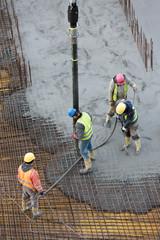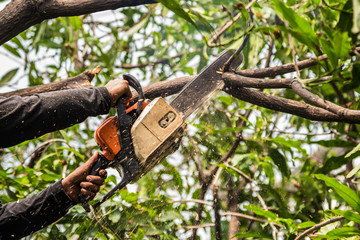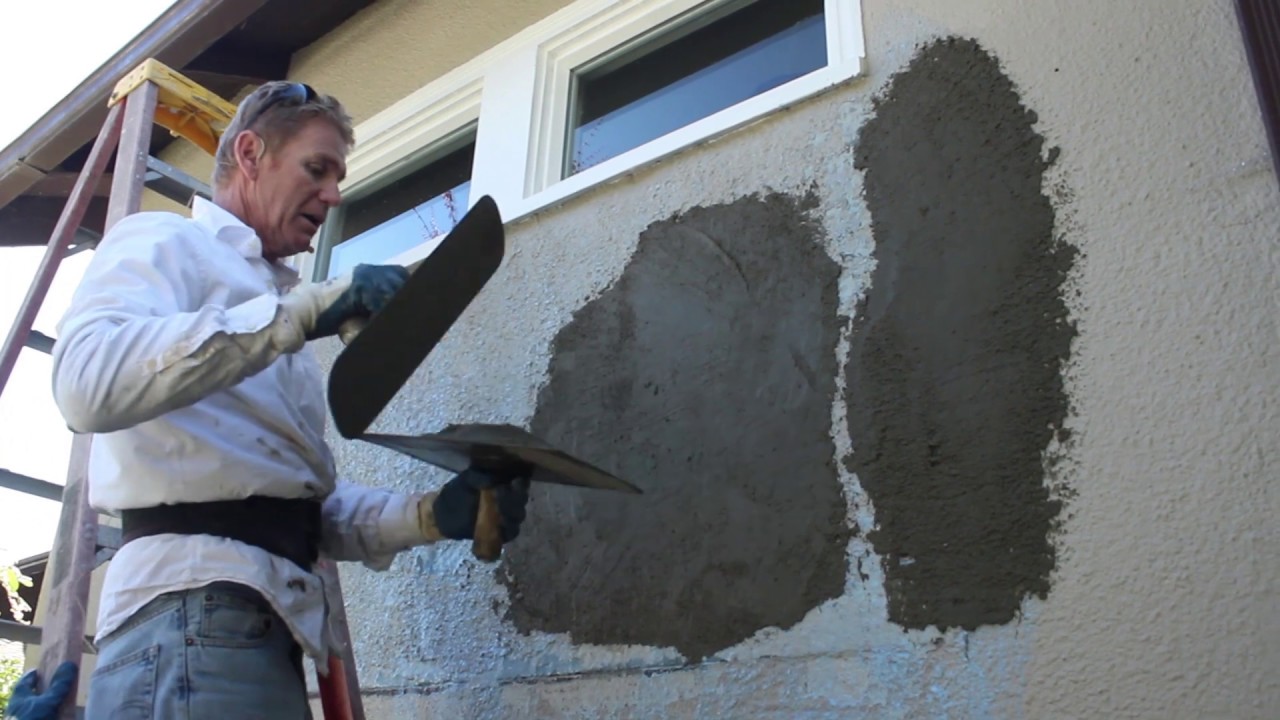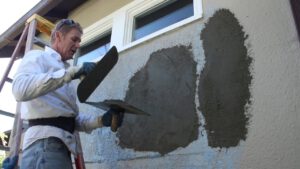Concrete pumping and placement is an efficient, reliable, and economical method of distributing concrete for various construction purposes. It is an alternative to conventional pouring techniques like wheelbarrows and buckets.
It requires less water than manual pouring techniques, which helps prevent shrinkage and cracks in concrete structures. It also preserves the concrete’s inherent strength. When in doubt, hire a professional Concrete Contractors Colorado Springs service.

Pumps
A concrete pump is an essential piece of equipment for large construction projects, especially those involving high-rise buildings. It is a truck-mounted device that uses an alternating action of two pistons to transport concrete from the concrete mixer to the job site. Concrete pumps can deliver concrete to the job site at a much faster rate than traditional chute delivery methods, which rely on gravity to pour the concrete. A concrete pump is also more reliable and can operate in rough weather conditions, which allows contractors to work longer shifts.
A concrete mix that is suitable for pumping has a larger percentage of fine aggregates and lower water content than standard concrete mixes. This allows the concrete to flow more easily through a pipeline without becoming stuck or clogged. The concrete mix must be properly proportioned before casting, as a poor mixture can result in the concrete failing to reach the job site or a significant reduction in its flowability.
There are various types of concrete pumps, depending on the type of project and site conditions. A typical pump consists of a main cylinder (also known as the material cylinder), and a discharge cylinder. During the suction stroke, the first cylinder draws concrete into it while the second cylinder pushes the concrete through the discharge pipe system. The valves that figure out which cylinder is available to the concrete hopper and the discharge pipes switch throughout each interaction cycle.
The size of the pump’s pipeline is important, as it determines how far concrete can be pumped. Longer lines require more pressure to transfer the concrete than shorter lines, because of friction caused by the internal wall of the pipeline. Using smooth-walled steel pipes can reduce this resistance.
Concrete pumps can be mounted on a variety of vehicles, including concrete trucks, tower cranes, and trailers. They can also be installed on foundations or atop buildings. They are most common on tall structures such as skyscrapers and bridges, where space and crane hook time are at a premium.
To be a successful concrete pump operator, an individual must have excellent customer-relation skills. He or she must be willing to learn about the mechanics of the pump, and he or she should be comfortable working outdoors in all weather conditions. A commercial driver’s license is required to operate a concrete pump, but most employers can help their employees obtain a CDL before hiring them.
Pipelines
Concrete is pumped through pipelines that carry it to the site where it will be placed. This is sometimes the only way to get the concrete into certain locations and other times it is simply the most efficient method of placing it. Several different types of pipelines are used. These include steel and rubber pipes and they may be flexible or rigid. A concrete delivery hose is usually used at the end of the pipeline to deliver the concrete to the place where it will be placed.
The length of the pipeline is an important factor in determining the pumping pressure required. This is because concrete being pumped through the line experiences friction with its internal wall. The greater this friction, the higher the pumping pressure is needed to get the concrete through the line. For long lines, one option is to use two pumps feeding into each other’s hoppers. This reduces the total line length and can help to minimize friction problems.
It is also necessary to ensure that the piping system is properly proportioned and that the pumped concrete is consistent. This can be done by incorporating workability additives into the mix. These may include water-reducing agents, high-range water reducers, air-entraining admixtures, and pozzolanas. The piping system should be inspected regularly for leaks and wear and tear. If any problem is identified it should be corrected immediately.
A concrete pumping pipeline should be positioned away from slopes, embankments, and trenches. It should also be arranged so that it will be easy to access when the truck mixer is loaded and unloaded. In addition, it is a good idea to shorten the distance between the pump and the place where the concrete will be placed. This will increase the efficiency of the pumping operation and can minimize the time the operator has to spend walking back and forth.
The pump should be located near enough to the location where it will be placing the concrete so that an experienced person can direct the hoses to the place where the concrete is to be placed. This will prevent concrete from being pushed into areas where it can damage horizontal reinforcement bars. It is also important that the hoses be directed so they don’t cause concrete to build up in places where it can’t be easily removed.
Boom Trucks
Concrete pumps help reduce labor costs by eliminating the need to haul concrete in trucks. They also allow concrete to be pumped to precise locations that may not be accessible by a truck, which saves time and energy. In addition, concrete pumps are very fast and can pump a large amount of concrete within an hour. They also help to speed up the construction process by allowing workers to get right to work when it’s time to pour concrete.
There are several types of boom trucks available for concrete pumping and placement. Boom trucks have a crane-like structure that reaches high to reach places that are hard to get to. They are commonly used for large industrial projects and high-rise buildings. They can also be used for concrete slabs, driveways, and sidewalks.
The crane-like structure on a boom truck can tilt and rotate in many directions, allowing it to access spaces that would be impossible or dangerous to reach by other means. This flexibility makes them an essential piece of equipment on construction sites with a variety of needs and obstacles.
These specialized vehicles require careful operation and maintenance, as they are often lifted by a crane, which creates safety hazards that must be taken into account. However, when they are operated properly by experienced crews, they can dramatically enhance the productivity of construction, maintenance, transportation, and inspection work at height.
Concrete pumps are also used for a variety of infrastructure projects, including bridges, dams, and tunnels. They can be used to place concrete at high elevations on building structures, which helps to keep a project on schedule and create a strong, sturdy final product that can support extensive weight.
Depending on the type of concrete that is needed for a particular project, it’s important to select the appropriate pump. The amount of concrete a pump can deliver, its piping length, and the type of concrete mix design that it is designed to handle should all be considered when making a selection. For example, using the wrong piping or mixing design could damage the pipe system or result in premature wear and tear.
Operators
Concrete pumping and placement is a complex process that requires specialized equipment and skilled operators. This type of construction technology can help reduce labor costs, shorten project times, and enhance worksite safety. In addition to the equipment used, a concrete pump operator must be familiar with safety protocols and how to properly operate the machinery.
To become a concrete pump operator, aspiring professionals should first complete an apprenticeship training program that combines on-the-job and in-school training. The apprenticeship is generally completed in one and a half years and involves 2,000 hours of on-the-job training. The responsibilities of a concrete pump operator include operating the truck and maintaining the concrete mixer, cement hopper, delivery pipelines, and agitator.
Aspiring concrete pump operators should also obtain a commercial driver’s license (CDL) before applying for jobs. The requirements for obtaining a CDL vary by state, but many concrete pump companies provide training to help new professionals pass their driving test. Once a professional has their CDL, they can then begin looking for concrete pumping jobs that match their skill set, geographic area, and desired pay range.
Before starting a job, a concrete pump operator should prepare a resume and apply to multiple companies. They should highlight their previous work experience, as well as any relevant certifications and licensing they have acquired throughout their career. They should also take the time to proofread their resume and application materials and ask a friend or family member for feedback before submitting them to a potential employer.
Once hired, a concrete pump operator should undergo on-the-job training from a designated trainer during their first few months on the job. This person is typically an experienced concrete pump operator who will teach them how to operate the company’s machinery and conduct routine maintenance. Concrete pump operators should always wear personal protective equipment and follow all company guidelines for the safe operation of their assigned machinery.
In addition to a resume and applications, concrete pump operators should be prepared to pass a drug screening. This is to ensure that they are not posing any risks to the company’s employees or customers. They should also be able to handle the random hours of concrete pumping, as it is not a traditional 9:00 AM – 5:00 PM job.








